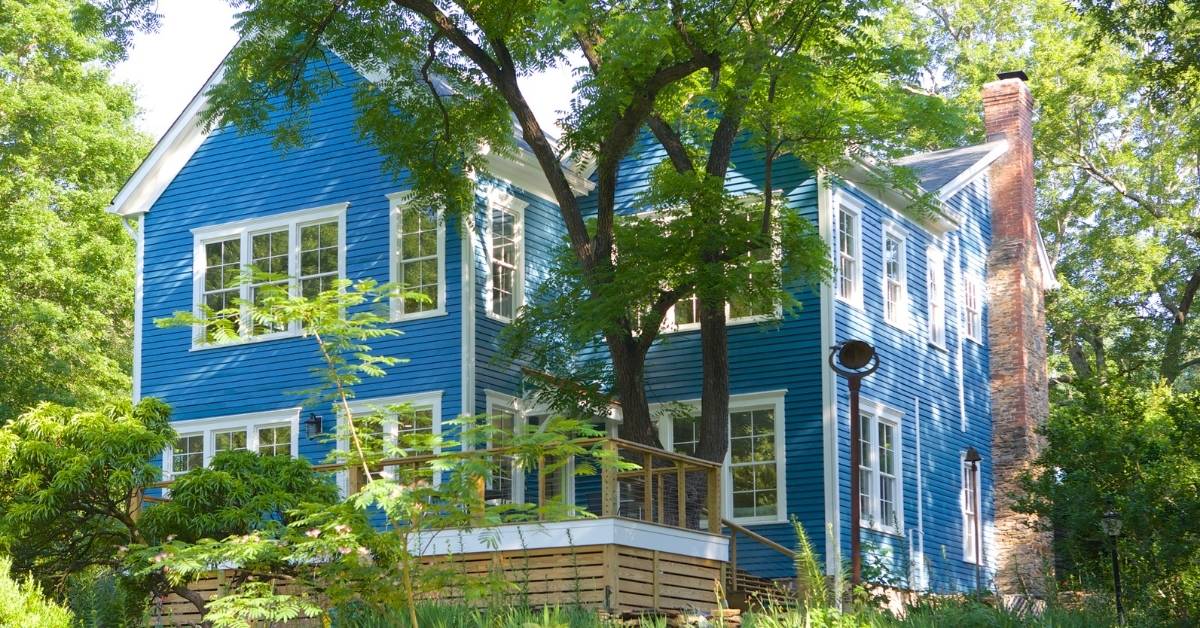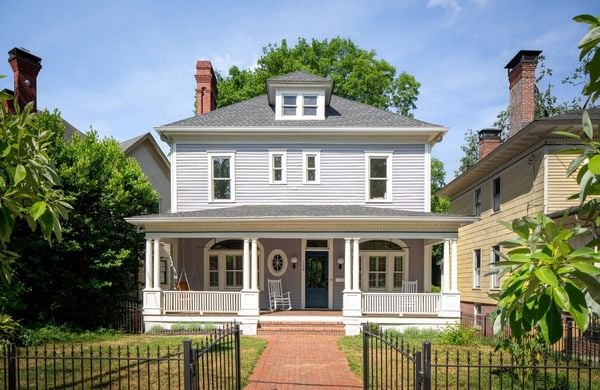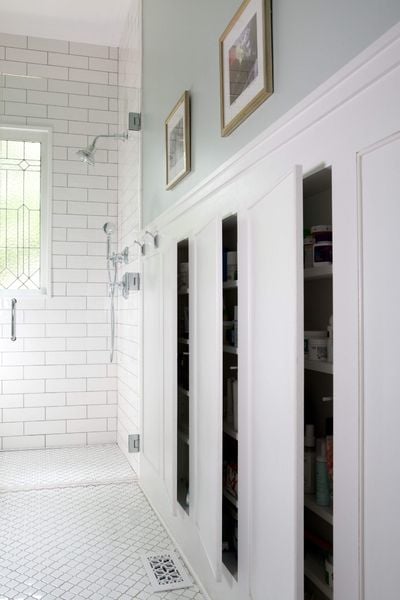5 Ways to Increase Your Property Value This Year
Every time you think about upgrading your home, you invest in it. At times, you do it out of necessity. Other times, you’re researching what you can do to keep your property current and competitive in the neighborhood. If you have a choice, it’s wiser to opt for projects that solve problems and increase value. If you are wondering what’s the best improvements you can make for your home value, you should start with these five ideas.
What Causes Property Values to Decrease?
Assessing your home value at any given point in time takes research. The property value of your home address will probably go up and down throughout the year. Real estate prices fluctuate based on the strength of the market, the competition of the neighborhood, and the unique features of your home. The older your home gets, the more you need to update it to preserve its value. Improvements that most homebuyers find desirable will increase value. Properties that are decades older than the rest of the neighborhood may lose value.
1. Space
One of the best ways to add value to your home is to make it bigger. Extending your square footage almost always yields a reasonable return on investment. How much you get depends on the type of addition and the other houses on the street. If you go from two bedrooms to three, you’ll probably have a bigger return than if you go from five bedrooms to six. Bedrooms are generally the most cost-effective additions in terms of resale value. Bathrooms are next in line, and you’ll get more if you go from one to two.
How Much Value Does a Bedroom Add?
Adding a bedroom generally raises your home value by about half the price you paid. A bedroom addition is one of the largest home improvements you can make. Paying more tends to decrease the percentage of your return. If you’re not sure whether this project works, it’s wise to think about what your home needs to compete if you wanted to sell it within a few years. Older homes with three or four bedrooms will usually do much better against newer homes.
2. Beauty
It may seem frivolous to consider home improvements based on appearance alone, but this isn’t necessarily true. While it’s hard to put an exact number on curb appeal, any real estate professional will tell you it’s key. At the very least, you can get a lot of information about a property by its exterior. A house that has a roof with missing shingles, and outdated siding that is faded or peeling, probably has a lot of problems behind the façade.
By comparison, a home exterior that is in outstanding condition is a delight to behold, no matter how old it is. Replacing the siding on a home can shave decades off in an instant while adding better weather protection. Just be sure to hire a renovation team with experience working with old houses.
3. Technology
The value you get from new home technology depends mostly on its use. Buying a new appliance probably won’t give you a huge return. Take it to the next level, and you may notice a big difference. The Internet of Things has been in existence long enough to work out most of the technical kinks. Now, you can have a connected refrigerator, oven, coffeemaker and more. With a push of a button or a command on your smartphone, you can start coffee brewing or see what is in your refrigerator.
Of course, in order to make it work, you might need to replace your outlets and fixtures, or possibly upgrade your electrical wiring and circuit panel. Improving the technology for the whole home is a big part of specialty improvements like a home theater or wine cellar.
4. Energy-Efficiency
You might be surprised to learn that the structure of your home can be made more energy-efficient, not just the equipment inside it. Start by thinking about your cooling and heating, as those are the biggest sources of energy consumption in your home. You could have the most amazing air conditioner ever made, but if the insulation is insufficient or you have leaks around your doors and windows, you’ll lose a lot of that energy straight through the walls. Improving the insulation costs just a few thousand dollars, and you might recoup all of it. Replacing doors and windows runs around $20,000 to $30,000, but you’ll improve your curb appeal and your efficiency.
How Much Value Does a New Roof Add?
Like most moderate home improvement projects, a new roof costs a little less than twice the expected increase in home value. As a general rule, you can expect to spend anywhere from $20,000 to $50,000 to repair your existing roof and put on new material. You’ll probably get at least half of that back with an increase in value. Keep in mind that the actual ROI depends on a few different factors, like the condition of your existing roof and the roofing material common to the neighborhood. If you are the last person on your street to install a metal roof, you’ll probably get a better return on the higher expense than if you’re the only one to install it.
5. Low-Maintenance
Your home should be a place that minimizes your maintenance burden. With the latest designs and technology, you can have just that. For example, you could renovate your kitchen to feature a seamless design, with a built-in pantry and appliance nook to make cleanup a quick and easy task. Check out these gorgeous kitchen remodels for ideas.
If you’re not a fan of extra yard work, let the medium take care of the maintenance for you. An old wood deck requires sealing at least once a year, on top of periodic repairs. If you replace it with a composite deck, you’ll get a reliable place to relax or entertain that’s also easy to clean. Since decks tend to cost less than most larger-scale home improvements, you can also get a better return on your investment.
Increasing home value is one of the goals of home renovation. If you prioritize it, you can create a home that works for you and grows in value. Contact us to find out how you can make your house perfect for your needs.




